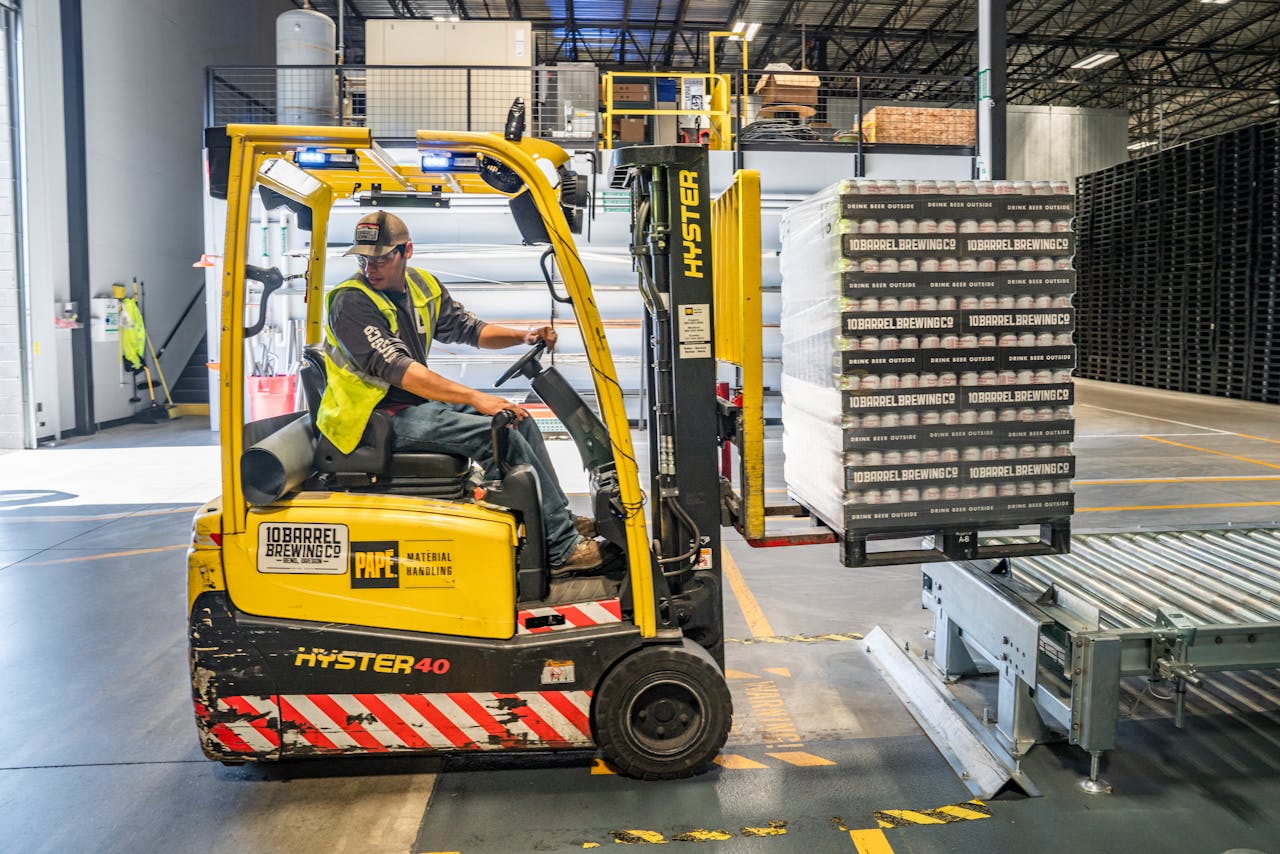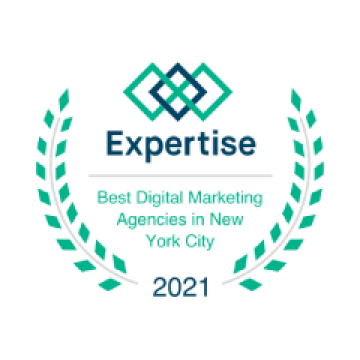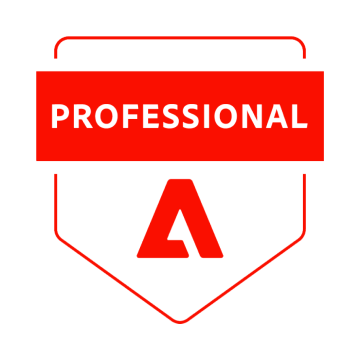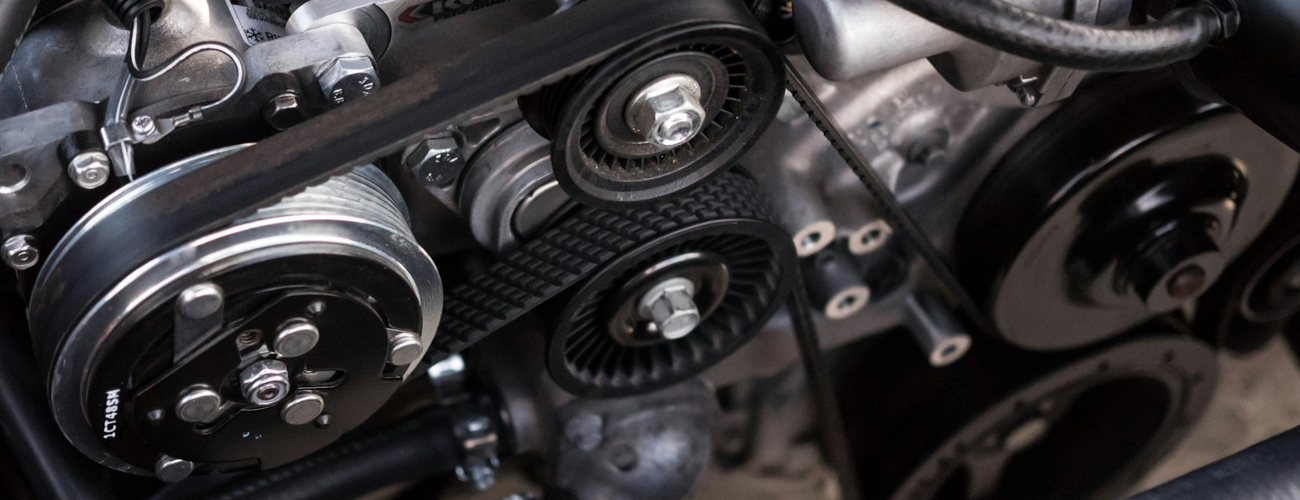Manufacturing Software Development
Modern manufacturing companies rely on software that keeps plants productive, supply chains stable, and data visible across teams. The challenge is rarely “building another system.” It’s aligning technology with production realities: equipment that must run 24/7, teams with varied digital skills, and processes that can’t pause for long upgrades.

Our Offerings
Custom Manufacturing Software
Many manufacturers rely on outdated or heavily customized systems that no longer match their production methods. We design and build applications that fit how your facilities work — from order processing to production tracking. Teams gain a system that handles both standard and exception-based workflows, reduces dependence on manual entry, and supports future upgrades without needing to rebuild everything.
MES Modernization & Integration
A Manufacturing Execution System is only useful when it communicates with equipment, planning tools, and quality programs. We help companies move away from rigid legacy MES platforms by rebuilding modules, improving UX, and connecting them to ERP, PLCs, or plant-level data sources. As a result, operators and managers get a unified view of equipment status, production rates, and bottlenecks, improving daily decision-making.
IoT & Machine Connectivity
Production machinery generates valuable data, but it often sits locked in disconnected devices. We build data pipelines that capture signals from shop-floor equipment, translate them into usable formats, and feed them into central systems. This supports predictive maintenance, better energy control, and more accurate capacity planning. You can identify patterns early instead of reacting to unplanned downtime.
Predictive Maintenance & Analytics
Unexpected shutdowns carry real financial impact. We develop analytics capabilities that detect early signs of equipment failure through vibration, temperature, and output data. The tools prioritize issues by severity and help maintenance teams plan interventions without disrupting production. Leaders gain a practical way to protect capacity while avoiding unnecessary service cycles.
ERP Enhancements & Extensions
Instead of replacing an entire ERP, many organizations benefit from enhancing what they already use. Our team builds add-ons, bridges, and custom workflows that extend ERP functionality across purchasing, inventory, and scheduling. These upgrades help eliminate shadow spreadsheets, reduce data duplication, and provide clearer visibility across operations. The focus is on adapting the system to your business, not forcing your team to adopt workarounds.
Factory Dashboards & Reporting
We develop dashboards that unify production, maintenance, quality, and supply-chain data, giving leadership a real-time view of plant performance. Teams can prioritize orders, monitor throughput, and see where delays are forming. Instead of reacting hours later, you can coordinate across lines and facilities with shared visibility.
How We Bring Value To Your Business
Software only works when it supports the way your facilities operate. Our goal is to reduce risk around modernization and help you adopt tools that make daily production simpler to manage.
1
Reduce Operational Delays
We help eliminate manual tracking, disconnected systems, and fragile integrations that slow production. With unified data and better workflow automation, teams can move from reactive problem-solving to planned work and clearer schedules.
2
Improve Use of Plant Data
Your machines already produce high-value data. We build the systems needed to capture, organize, and visualize it so supervisors can make decisions based on real performance instead of estimates. This leads to more accurate capacity planning and stronger coordination across equipment lines.
3
Extend the Life of Existing Systems
Many organizations don’t need to replace their ERP or MES. We upgrade and extend the systems you already use so they continue supporting your production goals. This reduces disruption while helping you adopt modern capabilities faster.
4
Support Predictive Maintenance
Equipment failures carry high financial cost. By combining sensor data, analytics, and machine-level insights, we help your teams identify early warning signs and plan maintenance during low-impact windows.
5
Bring Structure to Technology Planning
Modernization becomes easier when teams have a practical development roadmap. We help stakeholders define priorities, select suitable tools, and phase upgrades to match operational constraints.
6
Build Technology That Can Grow
Manufacturing systems often start small and evolve. Our platforms are built to adapt — supporting new lines, facilities, and processes as your business expands.
Challenges We Commonly Solve
Modernization often stalls because software must fit into complex production environments. We help companies move forward by addressing the issues that typically block progress.
Let’s discuss the challenges on your roadmap.
Why Choose WiserBrand
Selecting a development partner is easier when you work with a team that understands plant-level constraints, long equipment lifecycles, and the need to adapt without interrupting production.
1
We Work Around Your Operational Reality
Manufacturing environments rarely pause for upgrades. Our team plans development, testing, and rollout in ways that avoid unnecessary disruption. This helps supervisors adopt new tools without delaying day-to-day work.
2
Strong Process Discipline
Projects succeed when communication is predictable. We provide clear milestones, documented decisions, and ongoing coordination with internal teams. As a result, stakeholders stay aligned and projects move forward without confusion.
3
Experience Across Complex Tech Ecosystems
We build software that must coexist with PLCs, legacy MES platforms, and customized ERP systems. This cross-system experience allows us to solve integration challenges that would otherwise slow modernization.
Cooperation Models
Every organization moves at a different pace. We offer flexible engagement formats so you can adopt new software capabilities without overcommitting early.
We manage the process end-to-end — discovery, architecture, development, testing, and rollout. This option works well for companies that need a partner to guide planning and delivery rather than distributing responsibility across multiple vendors.
Your internal product and engineering teams stay in control, while our developers, QA specialists, or data engineers support priority needs. This approach is useful for filling skill gaps or accelerating progress without a long hiring cycle.
After initial rollout, we continue improving your platform through iterative development. This model helps organizations gradually introduce new capabilities, refine workflows, and keep systems aligned with production demands.
Our Experts Team Up With Major Players
Partnering with forward-thinking companies, we deliver digital solutions that empower businesses to reach new heights.
Our Approach
Successful delivery starts with understanding how your plants operate today. We focus on building software that functions reliably in real environments — not only on paper.
Operational Discovery
We study your current systems, facility structure, data sources, and production logic. This involves conversations with engineering, operations, and maintenance teams to surface constraints, integration points, and priorities.
Solution Architecture
Based on what we learn, we define system components, data flows, and integration boundaries. The architecture aims to support long-term growth without forcing unnecessary platform replacements.
Development
Our team builds the platform in increments so you can review functionality early. Frequent check-ins help align the work with operational needs, and issues are addressed before expanding scope.
Deployment & Adoption
Rollouts are planned to avoid plant disruption. We support internal teams during installation, testing, and onboarding so production teams can adopt new tools without losing momentum.
Ongoing Improvement
Once live, we gather feedback, monitor performance, and introduce enhancements. This keeps the system responsive to new workflows, production lines, and data requirements.
Case Studies
Our case studies highlight the outcomes we’ve delivered and the approaches that made them possible.
Manufacturing Software Development FAQ
We work with MES, ERP extensions, IoT platforms, production dashboards, predictive maintenance tools, and custom shop-floor applications.
Yes. We connect equipment data to central systems so teams can access live production metrics and maintenance signals.
Not necessarily. Many manufacturers benefit from upgrading or extending existing platforms instead of rebuilding from scratch.
We introduce new functionality in phases, support operator onboarding, and align deployment with production schedules.
Yes. We build systems that centralize data and reporting, giving leaders visibility across plants while accommodating local requirements.























